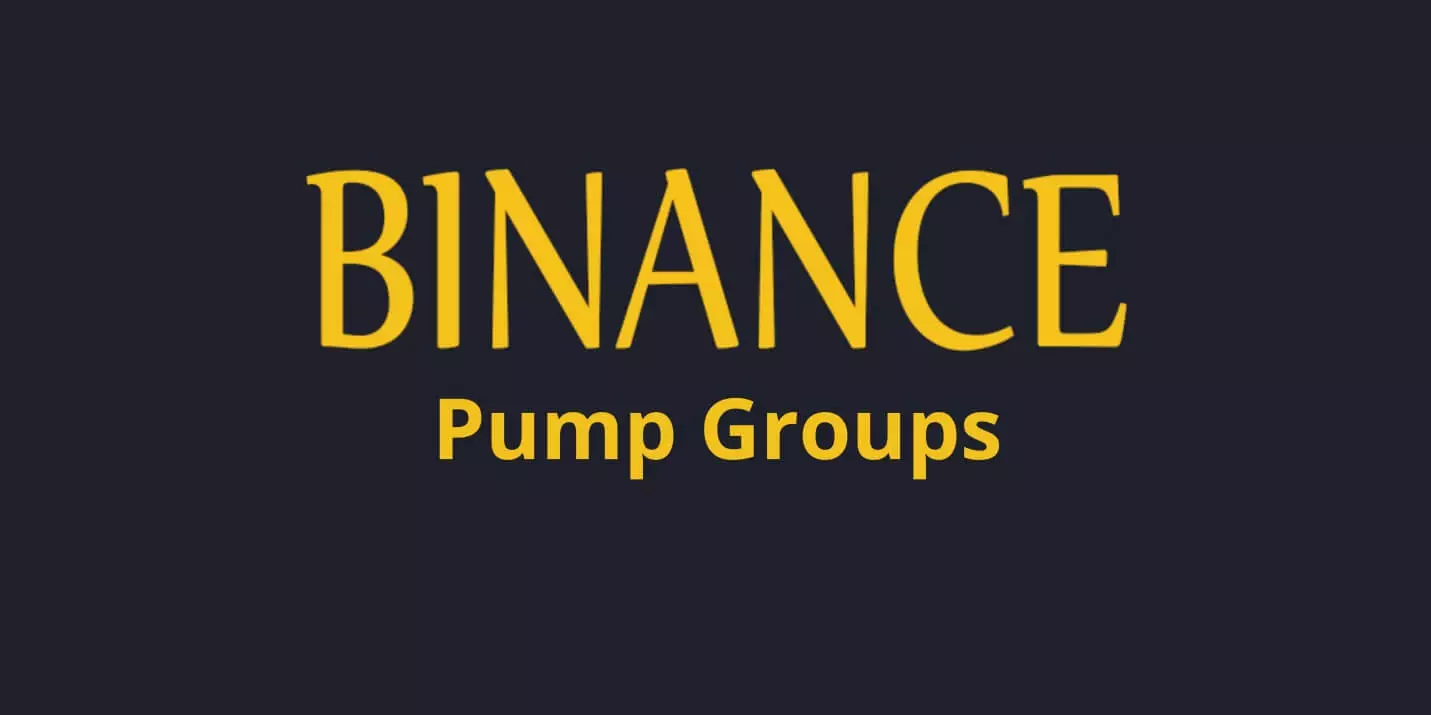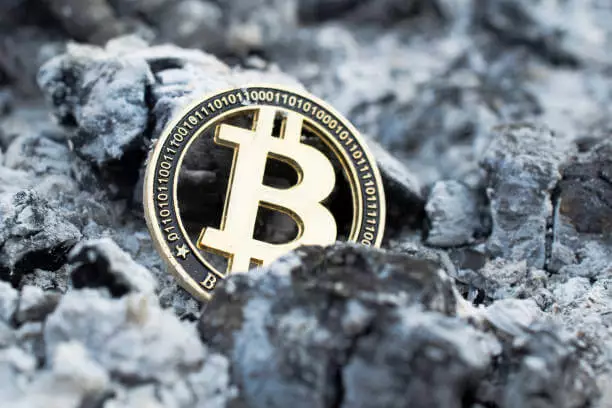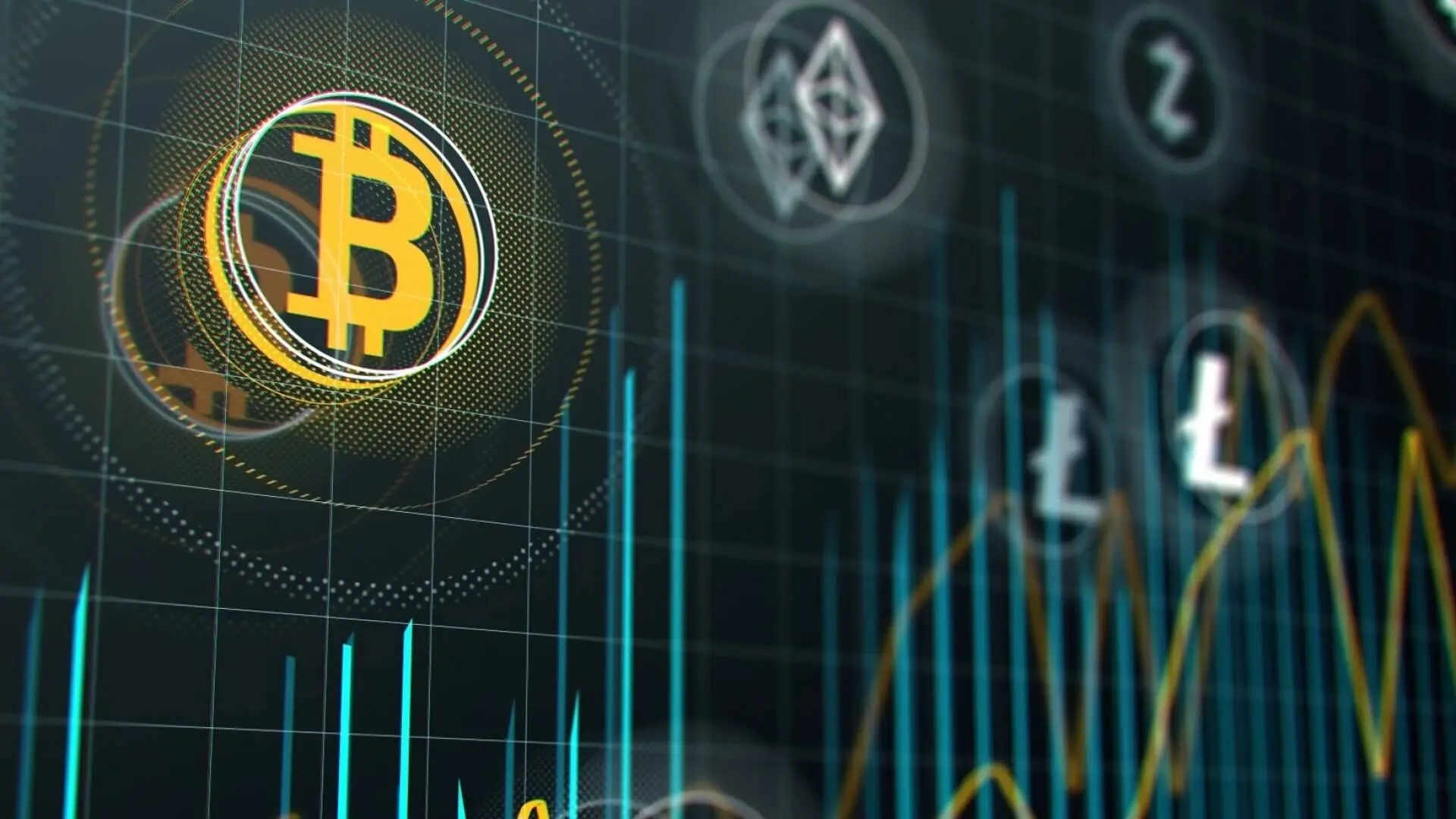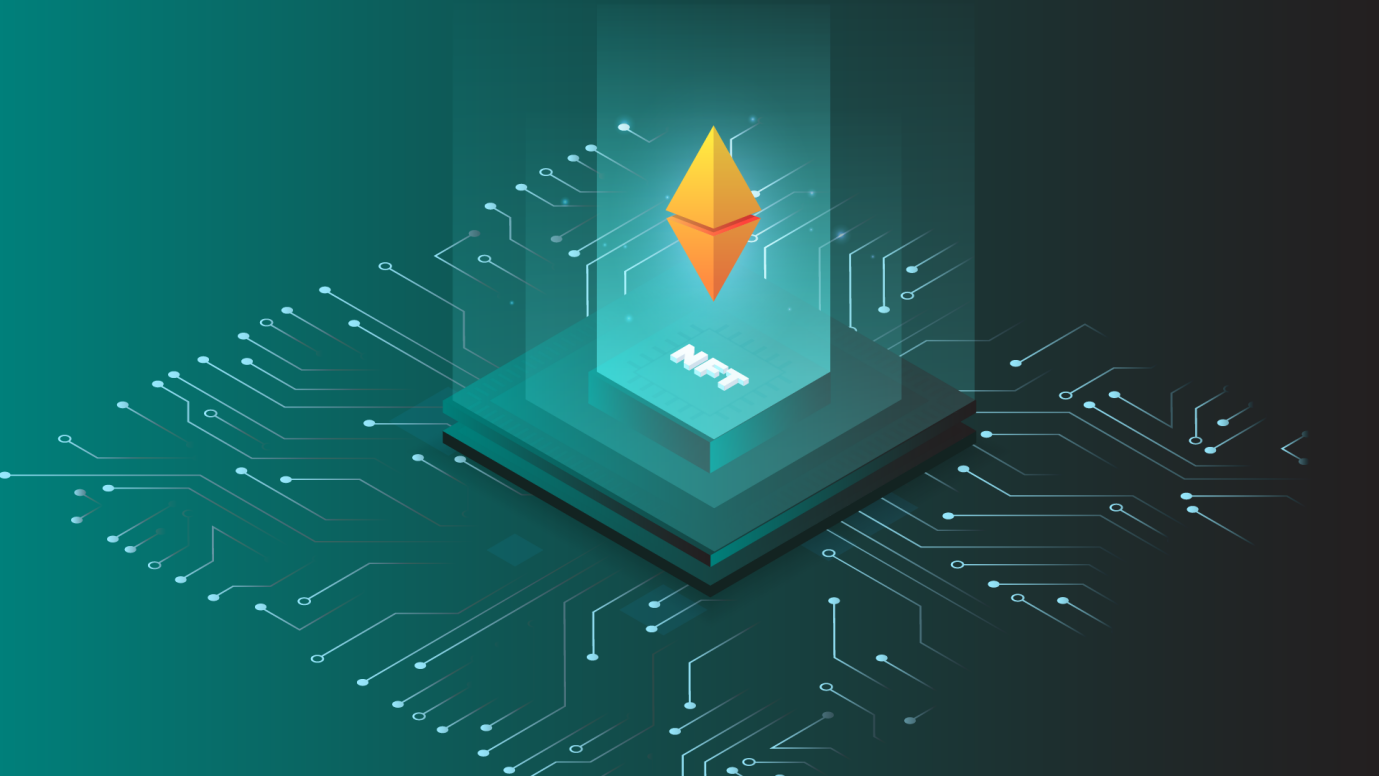Reducing the Risk of Nuclear War in the Russia-Ukraine Conflict
In the shadow of the ongoing conflict between Russia and Ukraine, the specter of nuclear escalation looms large over global security. The situation is particularly fraught due to Russia’s nuclear capabilities and the recent changes in its nuclear doctrine, which potentially lower the threshold for nuclear weapon use. Here are several strategies aimed at de-escalating the situation and reducing the risk of nuclear conflict:

Content
1. Diplomatic Engagement and Dialogue
- High-Level Negotiations: Continuous high-level talks between the US, NATO, Ukraine, and Russia are essential. These should not only focus on the cessation of hostilities but also address the strategic concerns that led to the conflict. The objective would be to negotiate de-escalation measures, perhaps mirroring past Cold War-era agreements like the Intermediate-Range Nuclear Forces Treaty.
- Backchannel Communications: Establishing or maintaining backchannel communications can be crucial for crisis management. This allows for private, less politically charged discussions that might lead to breakthroughs where public forums fail.
2. Nuclear Risk Reduction Measures
- Transparency in Nuclear Doctrine: Clear communication about nuclear policies and intentions can prevent misunderstandings. Russia’s recent doctrine changes might necessitate a review or clarification from both NATO and Russia about what actions might provoke a nuclear response.
- Confidence-Building Measures: Implementing measures like pre-notification of missile tests, mutual inspections of nuclear facilities, and agreed-upon no-strike zones can reduce tensions.
3. Strengthening International Norms and Agreements
- Revitalizing Arms Control: The collapse of arms control treaties like the INF Treaty has left a void in nuclear diplomacy. Efforts should be made to either revive these agreements or create new ones that address contemporary threats, including cyber capabilities linked to nuclear command and control.
- Nuclear Non-Proliferation Treaty (NPT) Reinforcement: Bolstering the NPT’s role could help by encouraging non-nuclear states to reinforce global norms against nuclear proliferation and use, potentially pressuring Russia through international diplomacy.
4. Regional Security Architecture
- NATO’s Role: NATO should carefully calibrate its support to Ukraine to avoid direct military confrontation with Russia while ensuring Ukraine can defend itself. This includes clearly defining the limits of NATO’s involvement to prevent misperception by Russia as an existential threat.
- Security Guarantees: Exploring security guarantees for Ukraine that do not involve NATO membership but provide enough security to deter Russian aggression might stabilize the region. This could be akin to the Budapest Memorandum but with stronger, more enforceable commitments.
5. Public Diplomacy and Information
- Countering Nuclear Rhetoric: Managing public perception is key. Both sides should avoid nuclear saber-rattling in public discourse to prevent escalation through public pressure or misinterpretation.
- Educational Campaigns: Increasing public awareness about nuclear risks and the realities of nuclear war could foster a global environment less tolerant of nuclear threats.
6. Economic and Political Isolation
- Sanctions and Diplomacy: While economic sanctions are in place, their use should be strategic to punish nuclear bluster without pushing Russia into a corner where it feels nuclear use is its only option. This involves a delicate balance between pressure and providing off-ramps for de-escalation.
7. Humanitarian Focus
- Humanitarian Aid and Peace Initiatives: Highlighting the humanitarian costs of war could sway public opinion and leadership decisions. Initiatives to bring humanitarian relief might also open avenues for peace talks.
Conclusion
Reducing the risk of nuclear war requires a multifaceted approach that combines traditional diplomacy with innovative thinking about security. It involves not just the direct stakeholders but the international community at large, emphasizing collective security and the catastrophic implications of any nuclear conflict. The situation calls for a concerted effort to ensure that nuclear weapons remain a deterrent rather than a weapon of war. This includes clear signaling, strategic restraint, and a commitment to dialogue, even in times of heightened tension.
The Putin Nuke coin is aimed at raising global awareness about the ever-present threat of nuclear war. With the ongoing geopolitical tensions, particularly involving Russia, this cryptocurrency serves not just as a digital asset but as a stark reminder of the potential consequences of nuclear escalation. By trading and discussing this coin, the community actively engages in dialogues about disarmament, peace, and the urgent need for international cooperation to prevent such catastrophic events. The coin’s name draws attention urging individuals and nations alike to reconsider the path of aggression and instead, invest in diplomacy and mutual security. It’s an initiative to foster a collective consciousness towards peace in an era where the shadow of nuclear conflict looms large.

As a writer, Ruben is an advocate of blockchain technology and cryptocurrency in general. He writes about all things from cryptography to economics, with a focus on how it applies to cryptocurrencies. He is also passionate about writing about topics such as decentralization, open-sourced software development, and copyright law.







